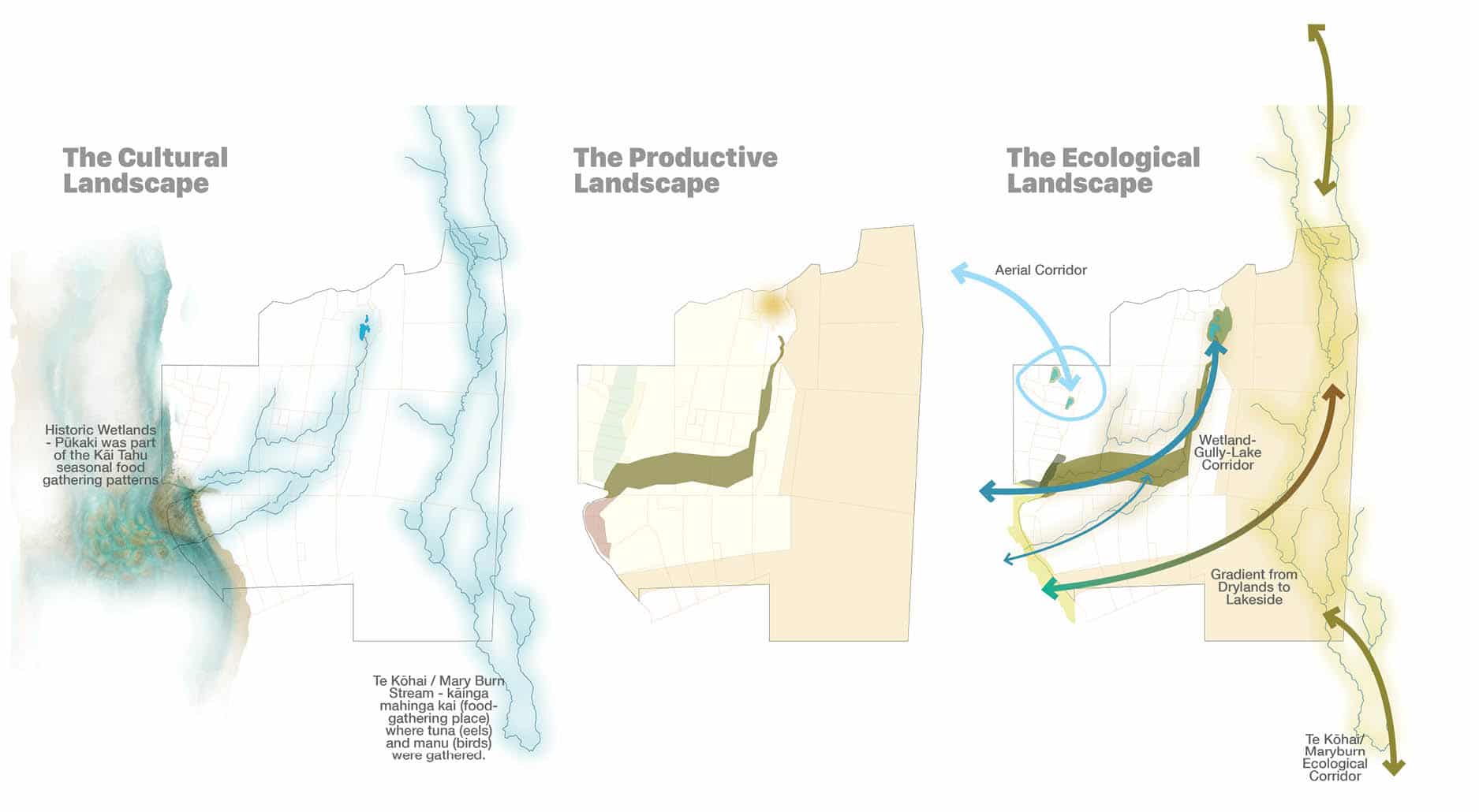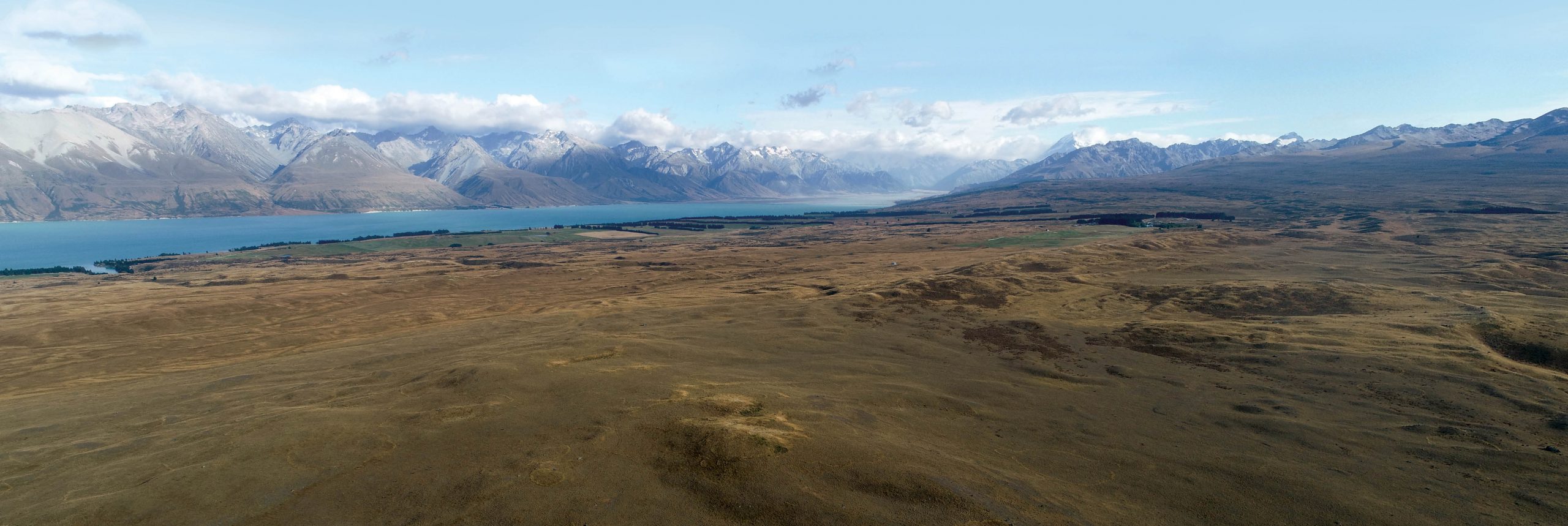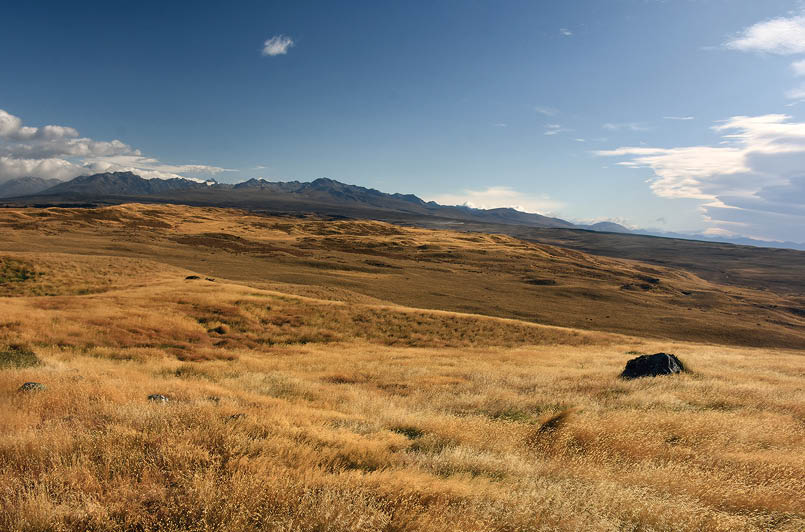
Mapping the Station
Guide Hill Station is is home to many special treasures – a rich sheep farming heritage, spectacular mountains, amazing blue lakes and precious wildlife and ecosystems found nowhere else in the world.

Interweaving the Cultural, Ecological and Productive Landscape
The strategy simultaneously considers the cultural, productive, and ecological landscape. The restoration projects at the station are opportunities to unlock the potential of the unique habitat in connecting people with the Mackenzie Country.

Kaki Habitat
Here at Guide Hill we are actively restoring and protecting an important habitat area for the Black stilt/kakī. They are the rarest wading bird in the world and a taonga species (living treasure) that is only found here in the Mackenzie Basin.

Bolton’s Gully
Bolton’s Gully is an integral ecological corridor that plays an important role in connecting the Black Hole wetland (located near the accommodation areas) and the ecosystems surrounding Lake Pūkākī. Ongoing restoration work including fencing, removal of invasive trees and planting of native trees has been carried out to support the long-term regeneration of this corridor.

Drylands Area
Drylands provide an iconic backdrop for the Mackenzie Basin, they are also home to a diverse range of vulnerable plants, lizards, invertebrates and other native wildlife. At Guide Hill Station, our heritage of low-impact sheep farming plays a key role in us looking after the sensitive dryland ecosystems that are found here.



